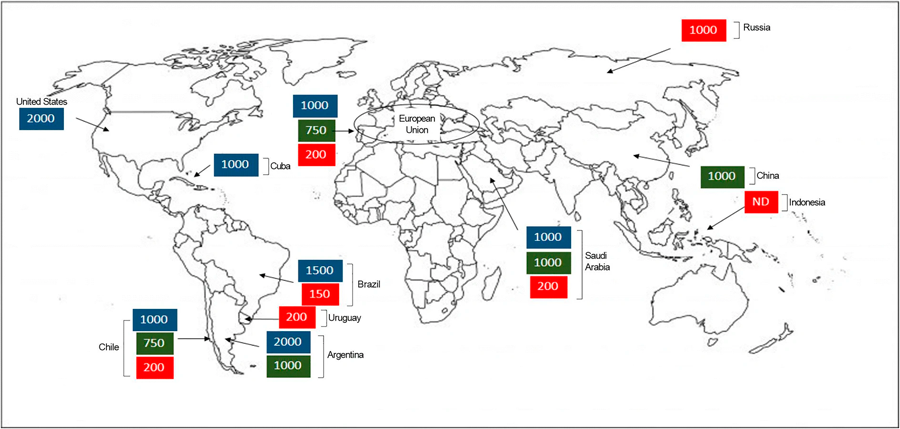European Journal of Plant Pathology, Vol. 164, 151–166, 2022
Abstract
Maize is one of the most important crops for food and feed production worldwide. Many diseases affect maize kernels, reducing kernel quantity and quality. Fusarium species are the most important pathogens capable of producing diseases in maize, whose presence often results in mycotoxin contamination. These mycotoxins can produce severe diseases in consumers, leading to regulatory decisions on the maximum acceptable content of mycotoxins in consumer products. The aim of this study is to analyse the most important Fusarium species found in natural and storage conditions worldwide, and the associated mycotoxin content. Thus, the role of the mycotoxins, and the optimal conditions for fungal growth and mycotoxin production, have been analysed. Although maize hybrids with resistance against these diseases are not available yet, strategies that could be adopted to reduce the impact of Fusarium on maize crops are summarized in this review.
Fusarium in maize during harvest
